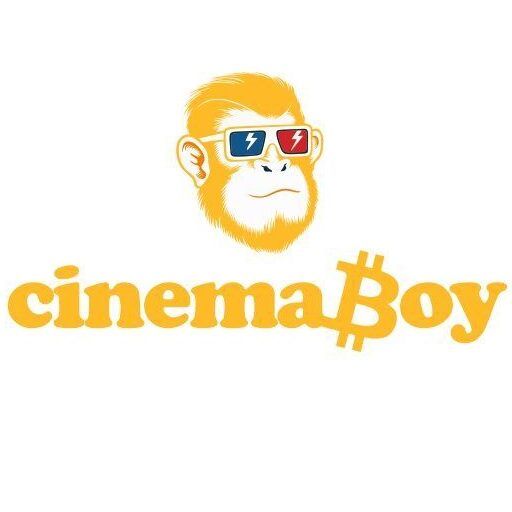1. What is cryptocurrency?
Cryptocurrency is a digital or virtual currency that uses blockchain technology for secure, transparent, and decentralized transactions. It eliminates intermediaries like banks, allowing peer-to-peer payments worldwide. Bitcoin was the first, and thousands now exist, including Ethereum, BNB, and Solana.
2. How does blockchain work?
Blockchain is a distributed ledger that records transactions in blocks linked chronologically. Once a block is verified, it cannot be changed, ensuring security and transparency. Each participant (node) keeps a copy, making manipulation nearly impossible.
3. What makes crypto valuable?
The value of a cryptocurrency depends on its utility, scarcity, community adoption, and network demand. Like traditional assets, market perception and investor confidence also play major roles in price movements.
4. What is a crypto wallet?
A crypto wallet stores private and public keys that let you send, receive, and manage cryptocurrencies. It can be a hardware device (cold wallet) or an online app (hot wallet). Wallets protect your coins from unauthorized access.
5. What is a blockchain explorer?
A blockchain explorer is an online tool that lets you view live data on any blockchain—transactions, wallet addresses, gas fees, or block confirmations. Examples include Etherscan for Ethereum and BscScan for BNB Chain.
6. How do crypto transactions work?
When you send crypto, your wallet broadcasts the transaction to a network of nodes for verification. Once confirmed and added to a block, the transfer becomes permanent and visible on the blockchain.
7. What are altcoins?
Altcoins are cryptocurrencies other than Bitcoin. They include Ethereum, Ripple, Solana, and thousands more, each with different use cases such as smart contracts, privacy, gaming, or DeFi.
8. What is a stablecoin?
Stablecoins are cryptocurrencies pegged to stable assets like the U.S. dollar to reduce volatility. Examples include USDT, USDC, and BUSD. They are widely used in trading and cross-border payments.
9. Why is Bitcoin called digital gold?
Bitcoin is often compared to gold because it’s scarce (limited to 21 million coins) and serves as a store of value. Investors view it as a hedge against inflation and currency devaluation.
10. Can crypto replace traditional money?
Not entirely yet. While crypto offers speed and decentralization, most governments still rely on fiat systems. Over time, hybrid models like CBDCs (Central Bank Digital Currencies) may coexist with cryptocurrencies.
